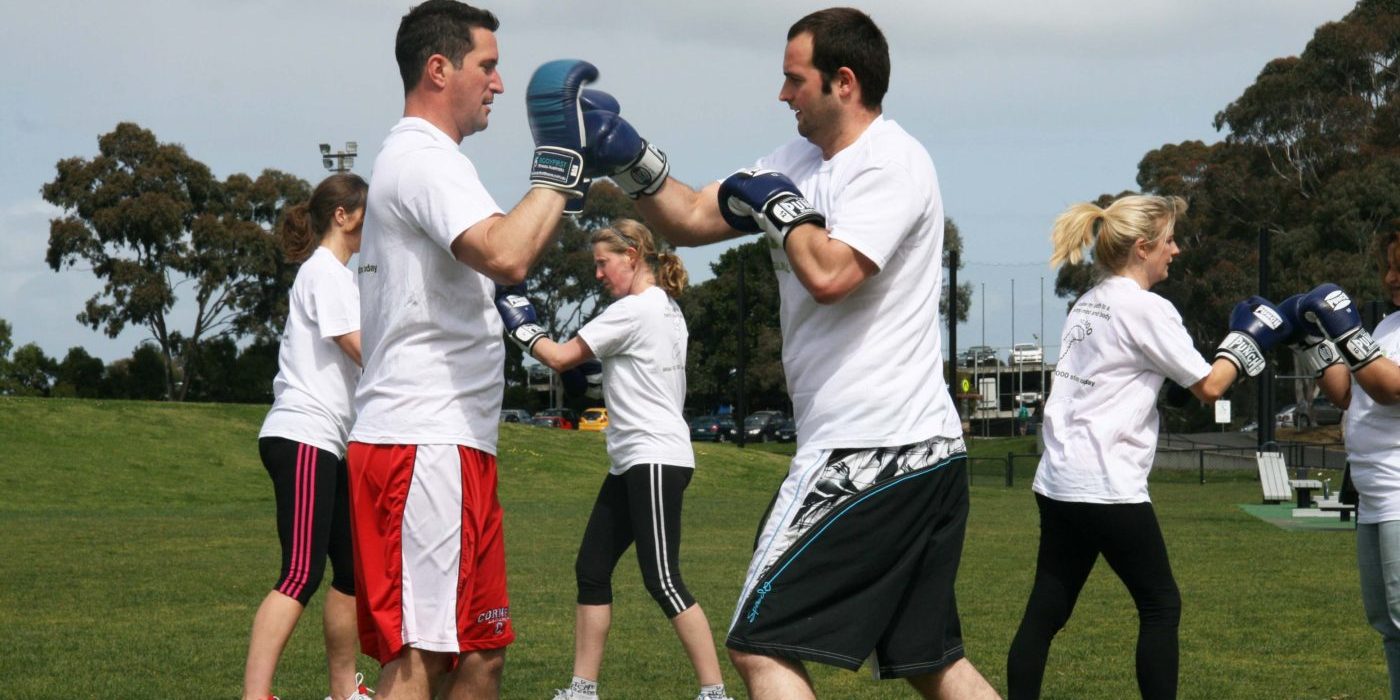Training in a gym has a lot of advantages, like having access to quality coaches, equipment, and facilities. However, a gym-only training program usually can’t prepare you how to fight in the face of extreme weather or other elements. A good martial artist and fighter needs to be able to adapt to any kind of environment, whether it be the octagon or the streets, so it’s useful to incorporate some outdoor training into the mix.

Training outdoors doesn’t require a huge deviation from your usual training program; you can still do foundational exercises like push-ups, jumping jacks, box jumps, burpees, squats, lunges, jogging, and more. There are a few things you need to adjust to if you’re used to working out at a gym.
More often than not, the biggest obstacle you’ll encounter with training outside is the weather. Heat and humidity may make it difficult to get through your usual routine at first, but powering through it will give you a better advantage in outdoor fights. Make sure to keep food and water nearby to prevent heat stroke. Wear light, breathable clothing and sunscreen if you plan on staying out in the sun for an extended period of time. Take breaks when you’re feeling light-headed or dehydrated.

Cold weather poses a different challenge. You’ll need to layer up to protect against the cold, and you’ll need to keep moving to generate more body heat. However, winter clothing usually comes with a lot of layers and can weigh you down, affecting your speed. Focus on what you’re doing, instead of how fast you can do it. The most important thing is your safety, so don’t train in ice, rain, or snow if you feel like it poses a great risk to your health.
Training on different surfaces can also shake up an otherwise stagnant routine. You can forego the footwear on soft surfaces like grass or dirt. Rougher surfaces like cement or asphalt can damage the soles of your feet if you’re not careful, so light shoes are recommended. Just be careful and aware of your surroundings to make sure you are not stepping on trash, broken glass, or exposed roots.

What other benefits do you get from training outdoors?






